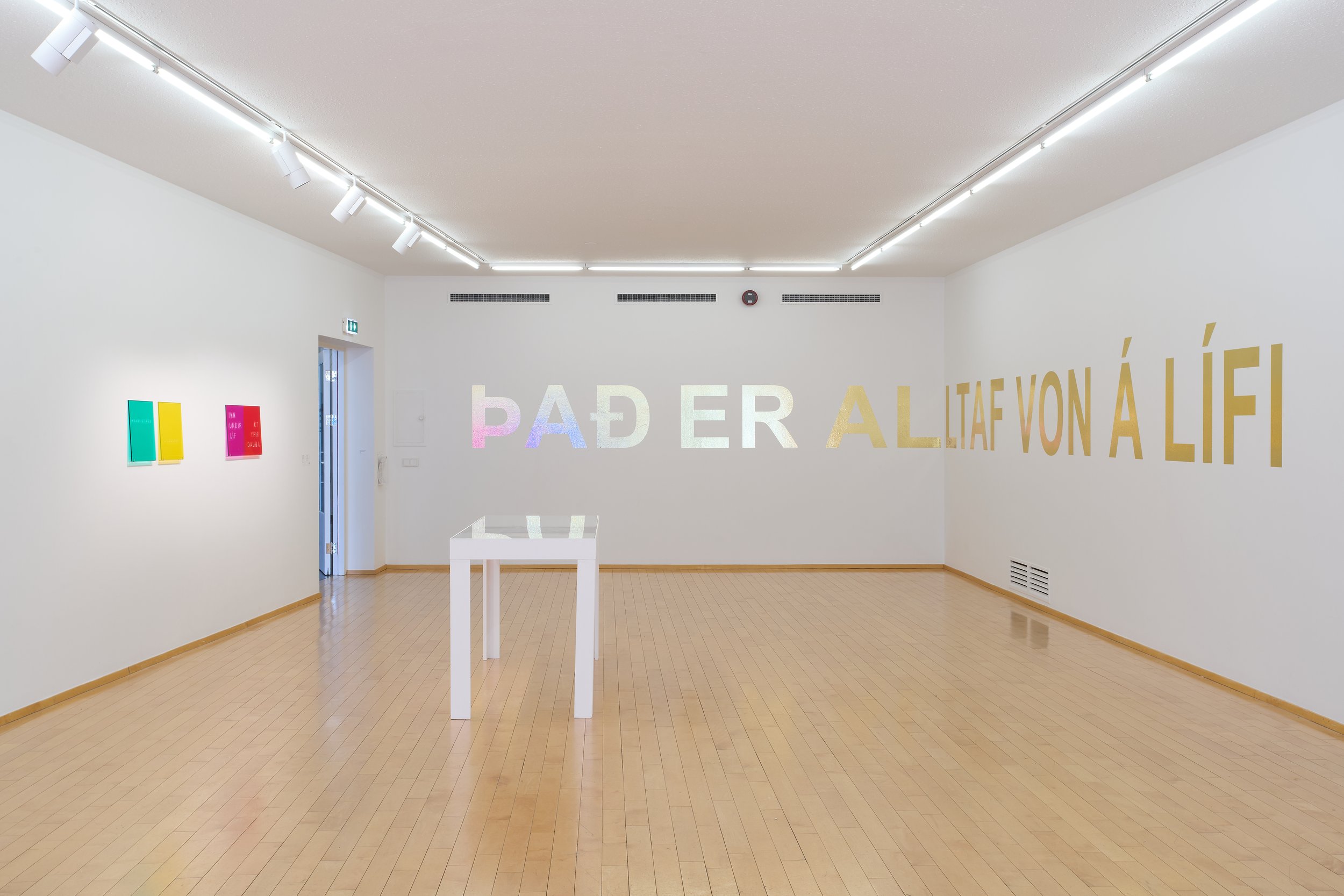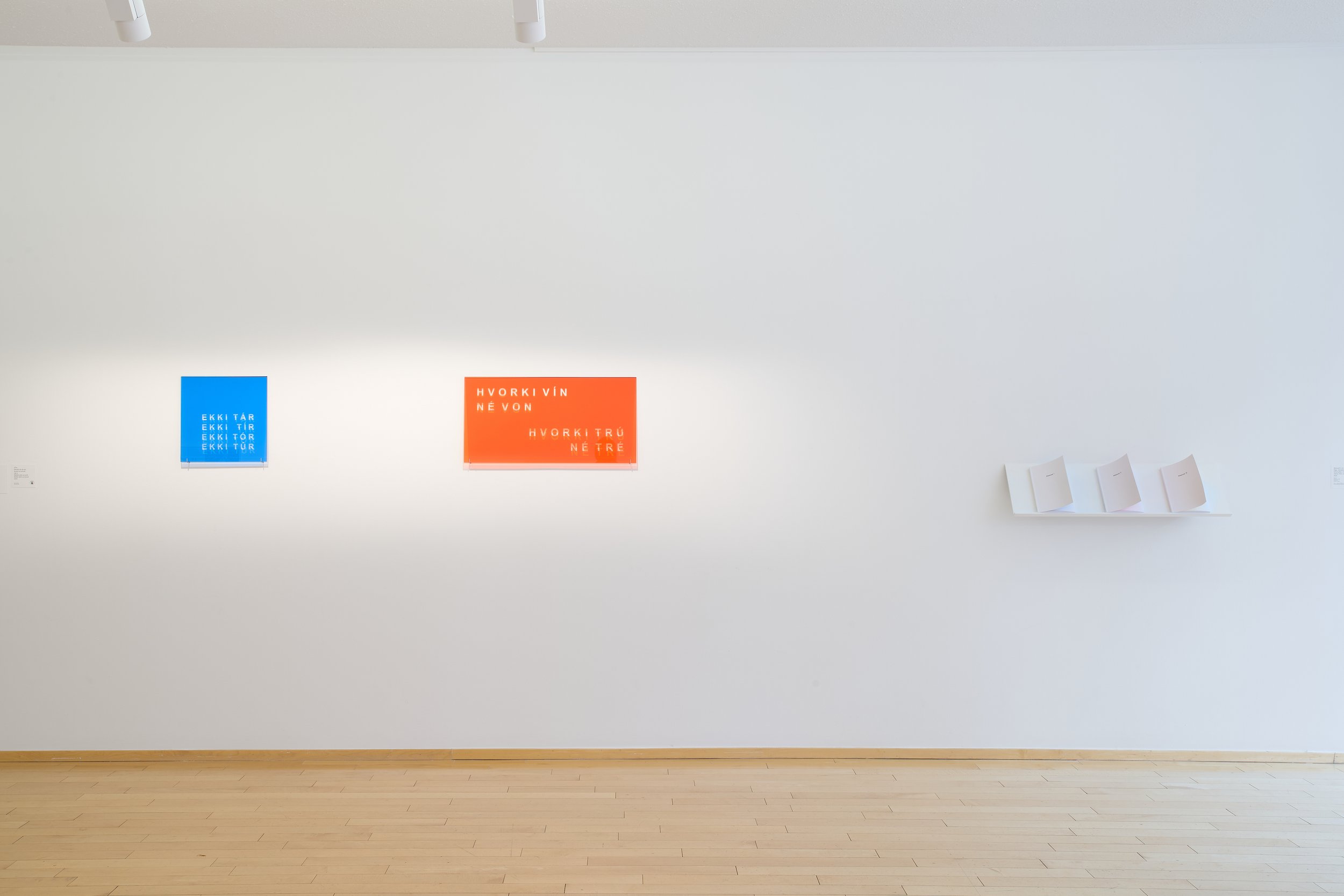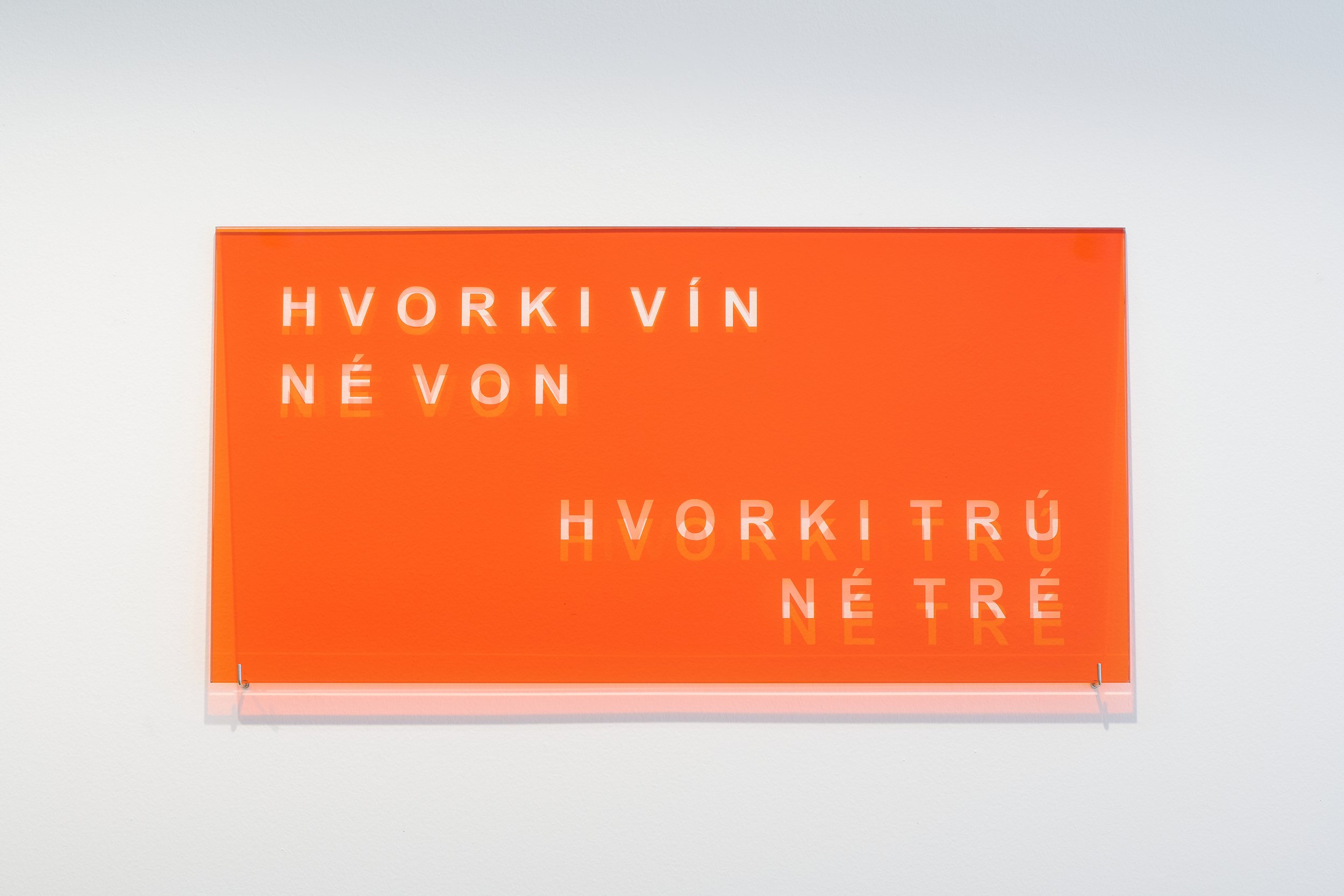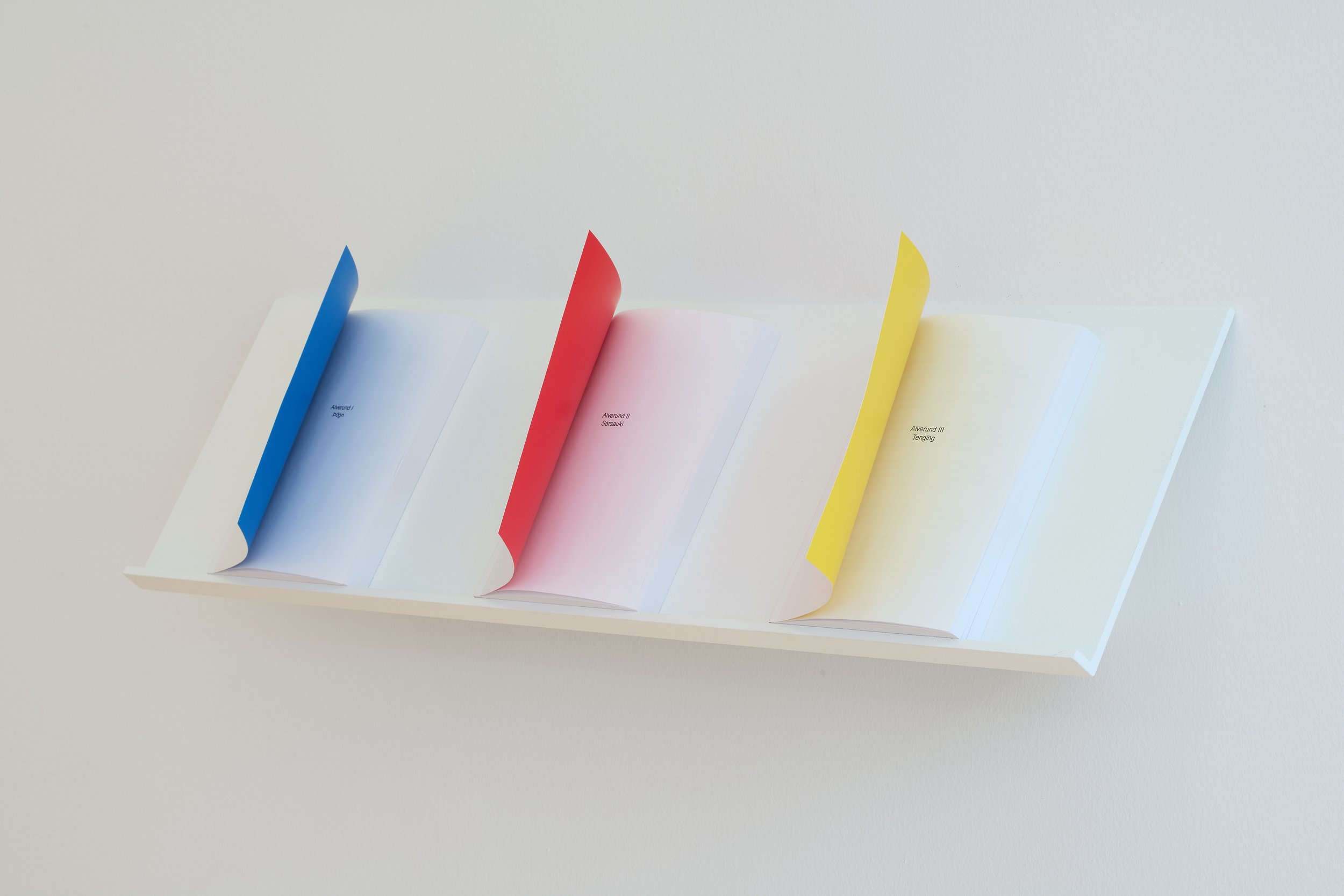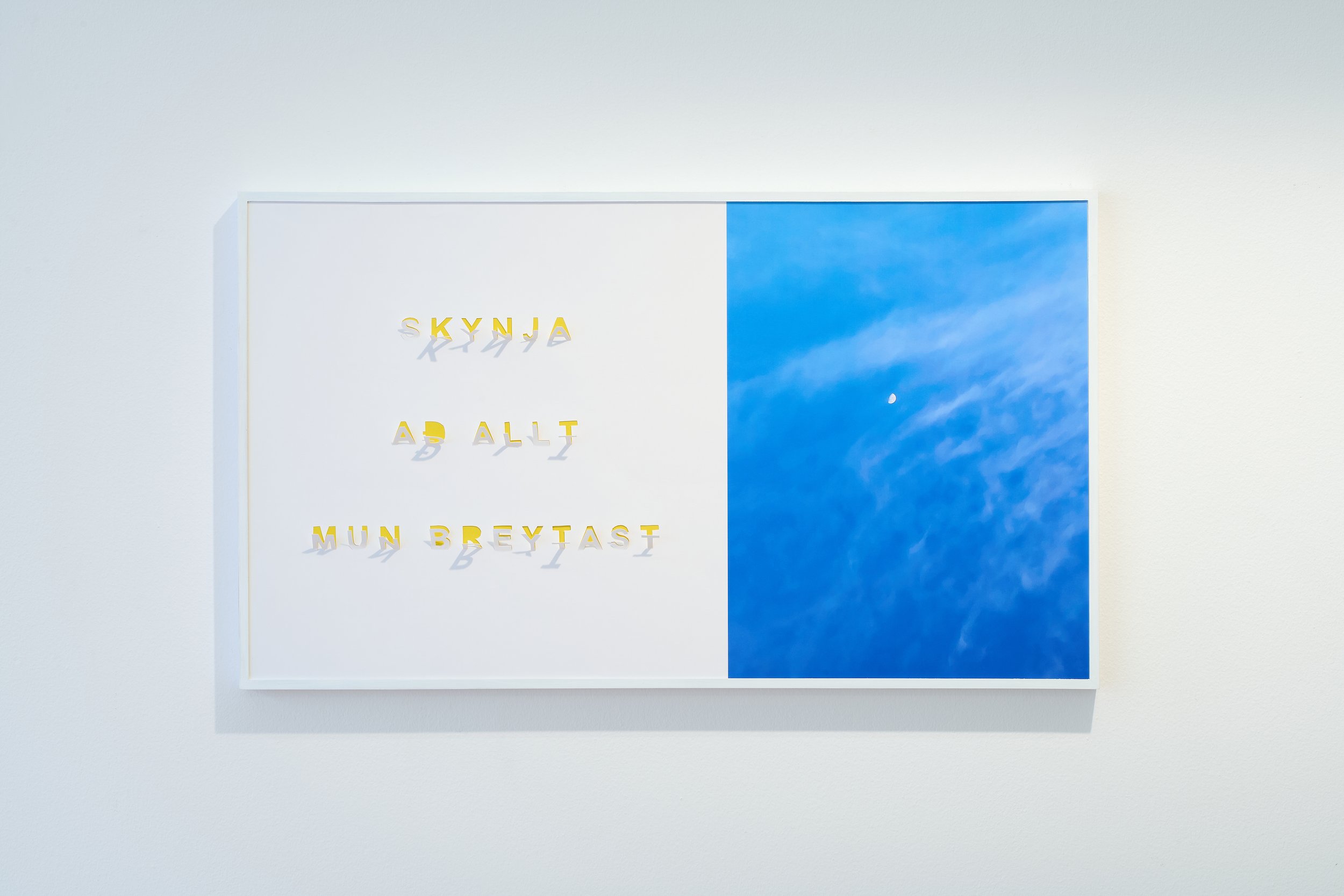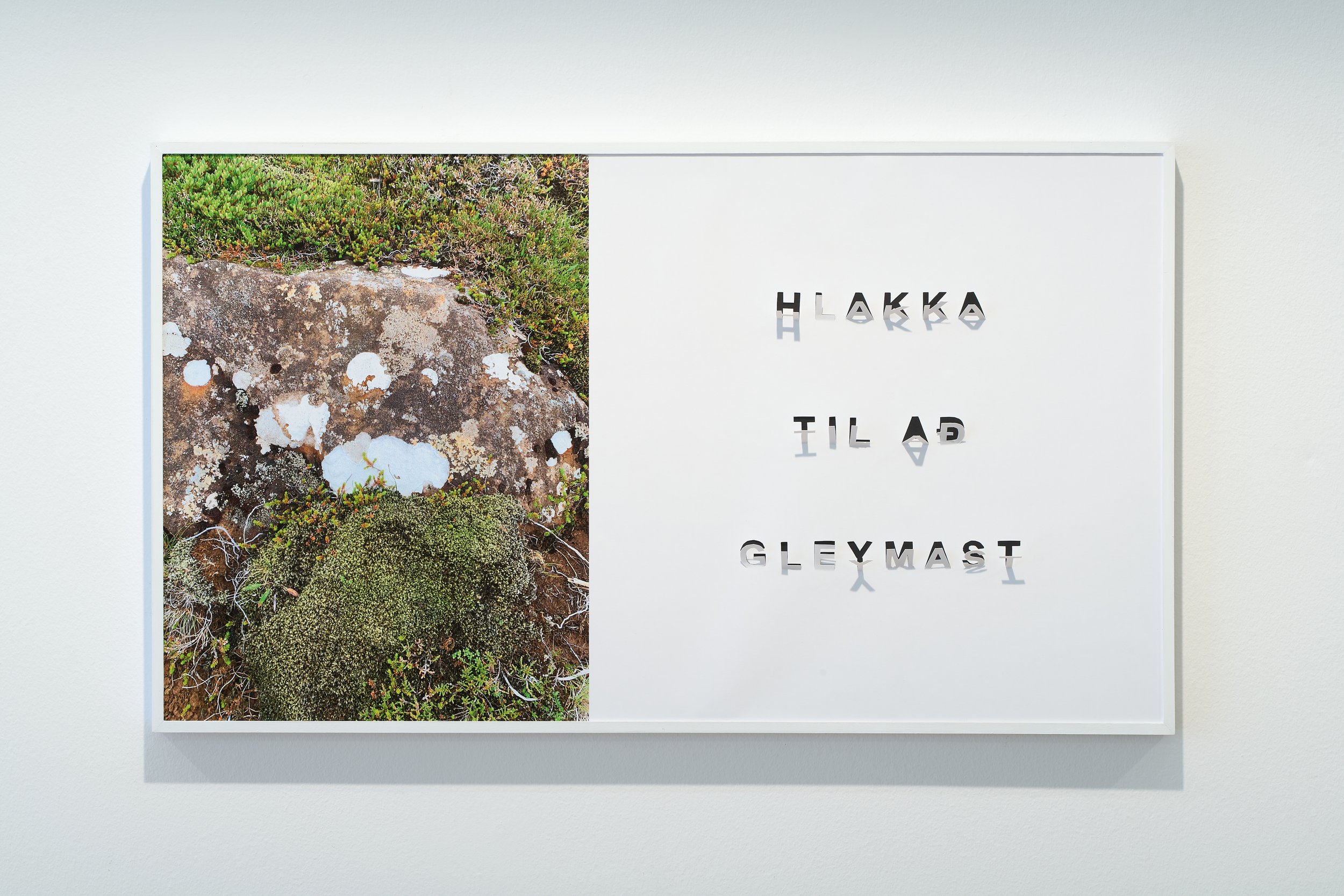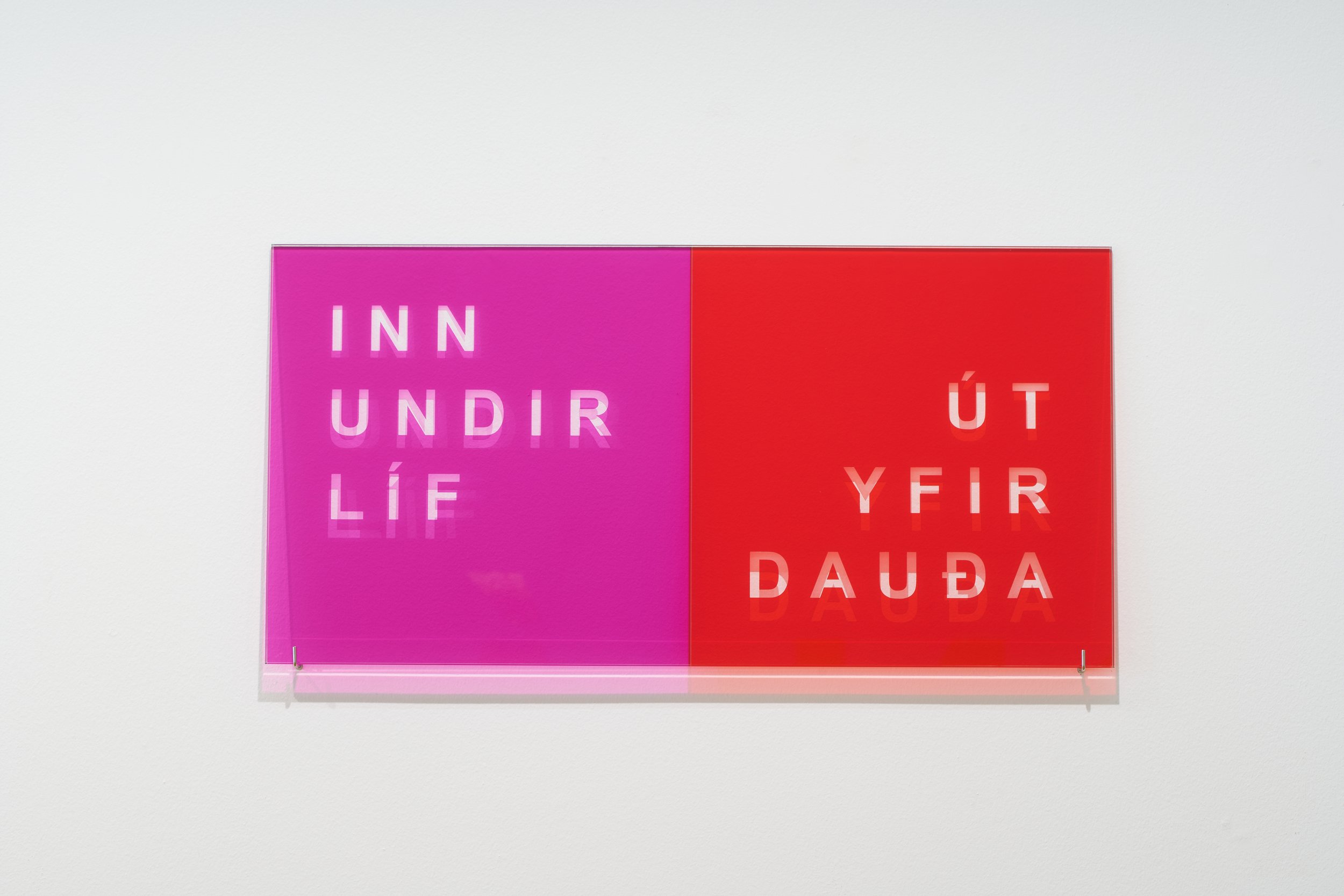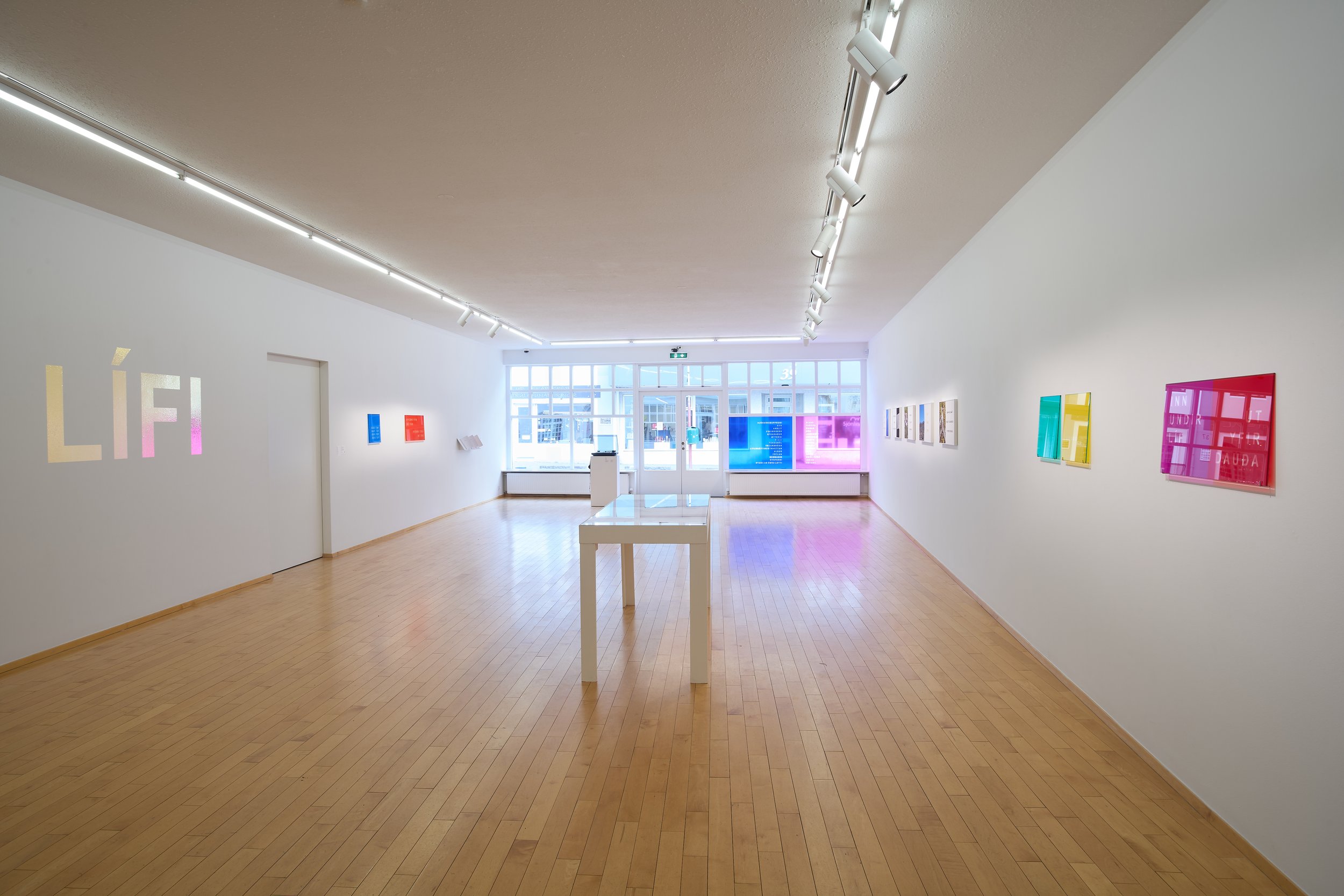Life is
Neither wine nor wish
Neither faith nor forest
Universality I II II
Silence Pain Connection
Throughout the centuries, humanity has sought to capture and convey the meaning of life through words. Language serves as a bridge between thought and the world, yet it is also a limitation - some things simply cannot be expressed. In this art book, the words silence, pain, and connection appear in 237 languages, reflecting different cultures and perspectives on fundamental aspects of human existence.
Silence is not mere emptiness; it is a living space that can hold meaning, whether heavy with unspoken emotions or light with serenity. Silence can be warm when shared in mutual understanding, yet cold when born from distance or misunderstanding.
Pain is a universal experience, but its expression varies across languages, cultures, and contexts. Some languages distinguish between physical and emotional pain, while others use a single word for both. In this way, words do not merely describe reality they shape how we perceive it.
Connection is humanity’s lifeline. We seek it in words, in touch, in a glance - even in silence. In the dialogue of languages, we see that while words may differ in sound and script, the longing for connection remains the same everywhere.
In an era of artificial intelligence, where translation and linguistic technology are evolving rapidly, an important question arises: Can technology truly understand silence, pain, and connection in the way we do? This book is not just a collection of words; it is a reflection on human existence and the elements that unite us all - across languages, across cultures, and across the essence of being itself.
ChatGPT1
Separation (lines I)
Limits (lines II)
Connection (Sensing that all will change)
Point (An impossible journey ahead)
Birth (Eager to be forgotten)
Silence (All will perish)
Pain (Revolving around a feeling for material)
In beneath life
Out beyond death
Universality at Hafnarborg until May 25th, 2025.
Curated by Hólmar Hólm
And with every moment, with every passing, there is destruction – something is always being lost. Yet, it is good to remember that, regardless of how much is lost in each moment, we still do not know any better than this: that life is the embodiment of the hope that springs eternal. In other words: It does not matter how much is lost. Life springs eternal.
These words from the artist reflect on the dual forces of loss and regeneration that shape our experience of time and the world. For every moment of loss, there is the promise of something new – something born from the very dissolution of what came before. This tension between decay and creation is central to the work of Jóna Hlíf Halldórsdóttir, speaking to the continual unfolding of meaning, as conveyed through her visual poetry. At its core is language – its role in shaping our understanding of the world, what it means to be human and the ways in which it translates across cultures.
In his essay Des tours de Babel, Jacques Derrida reflects on translation as a process that is, in his view, both impossible and necessary. It is a task that is never fully completed, for in the act of translating, something is always lost, and yet something new is inevitably created. This “remainder”, the part that escapes the act of translation, is not a failure. On the contrary, it is a space of potential – a fertile ground where new meanings can emerge, where creation occurs. Translation, in this sense, is not a mere exchange of one meaning for another; it is the act of bringing forth new possibilities.
The artist’s work mirrors this process of creation. Rather than fixing meaning in place, Jóna Hlíf explores its transformation – how it shifts, dissolves and reconfigures. In doing so, her work reveals the threads of connection that persist beyond linguistic and cultural boundaries, where meaning is not only lost but also found anew. Within this framework, she introduces lausnarsteinar, stones or seeds that have long been believed to carry protective or healing properties, traditionally thought to ease childbirth. Embodying more than just the physical materiality of the earth, they represent sites where human history, pain, and hope converge, their surfaces shaped by time and touch. Yet beyond this, they echo a deeper truth: meaning is not something fixed or final, but something that evolves through an ongoing dialogue with the world.
Just as the lausnarsteinar hold the weight of belief and time, of stories and experiences, so too does language bear the imprint of our histories, our victories and our losses, as well as our attempts to make sense of the world. Language is the system that allows us to connect with one another, reaching across distance and even time. Yet, much like translation, language is an ongoing process, leaving gaps and silences while carrying within it the potential for shared meaning. And in this space – between what is spoken and what resists articulation – new understandings emerge.
This is the paradox at the heart of communication: that in seeking connection, we also encounter separation. To name something to bring it into being, yet it is also to acknowledge what cannot be named, what slips between words. The lausnarsteinar, in their stillness, embody this duality. They are bearers of meaning yet remain completely silent without our interpretation. They carry histories, both of their own and of people, yet they resist total understanding. In this way, they remind us that language, like life itself, is an act of reaching – toward others, toward the universe, toward the ineffable.
Language is the thread that connects us across time, place and experience, yet it is never without its frayed edges, its silences, its untranslatable remains. Meaning does not settle; it moves, reshapes and unfolds in the spaces between. Jóna Hlíf Halldórsdóttir’s work inhabits this space of movement – of fragmentation and reformation, of the seen and the unsaid. It reminds us that creation is not about fixing meaning in place but about letting it breathe, letting it shift, letting it continue. In this way, Universality becomes not an endpoint but a passage, a site where language, material and time meet and part ways, again and again.
